There is immense natural environmental variation in freshwater habitats in England, from tiny pools and runnels in mire habitats to major lakes and rivers. This variation gives rise to a wide range of assemblages of plants and animals, within which each species is adapted to its own ecological niche.
Freshwater habitats are usually divided up into running and standing water habitats, but in reality there is no clear dividing line between the two – naturally functioning temporary headwater streams cycle between running water, standing water and dry phases, and many rivers have backwaters, margins and ‘dead zones’ and in-channel pools that support species associated with standing water habitat all year round.
The transitions between freshwater habitats and other habitats are exceptionally important for characteristic biological assemblages, with many species requiring a combination of aquatic, marginal and fully terrestrial habitats to fulfil their life cycles. These transitions are so important that the margins of freshwater habitats are considered to be an intrinsic part of the habitat, including the wetland zone stretching away from the water’s edge, and onto dry land.
If you would like to know more, have a look at the freshwater and wetland habitat narrative or the Biodiversity Factsheets available on the CaBa website.
The character of running water habitats (rivers, streams, runnels) is strongly governed by hydraulic energy, coarse sediment supply and water chemistry. Individual river systems exhibit variation in character along their length, from headwaters all the way down to their connection with estuaries and the sea. We often think of larger rivers when we think of running waters, but nearly 70% (by length) of our river network consists of headwater streams. It is useful to think of broad zones in river systems, although in reality each of these zones contains a finer scale habitat mosaic that is critical to the species they support.
Click the images to find out more about these river zones.
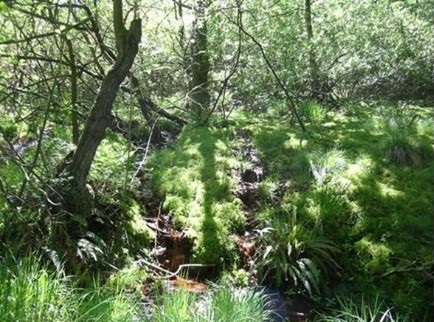
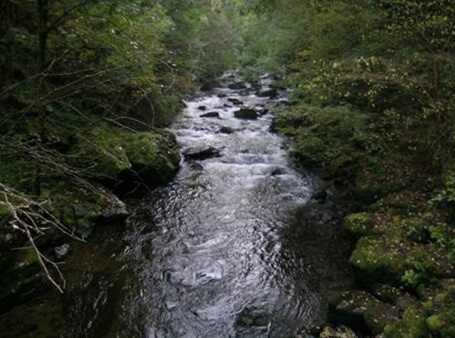
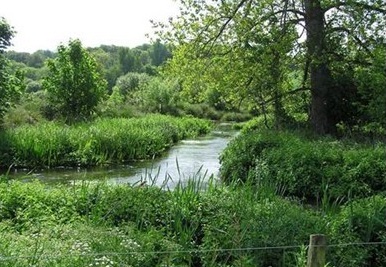
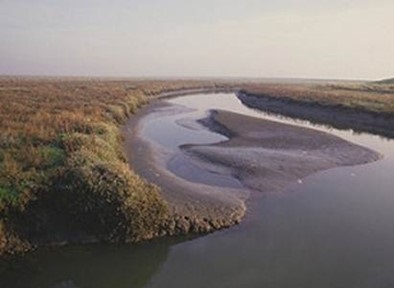
The character of standing water habitats (lakes) is strongly governed by water chemistry and many typologies for lakes are based around natural nutrient status and/or alkalinity, with peat-stained dystrophic lakes as an additional type often defined by colour (peat-staining). Another major form of variation is associated with size, which is related to depth. Deep lakes function differently from shallow ones and a greater proportion of a small water body, such as a pond, is influenced by its riparian habitat, although the catchment obviously affects all standing water bodies regardless of size. The biological assemblages within a water body can also be influenced by whether they are connected to rivers and the permanence of the water body.
You can find out more about the importance of lakes from the Catchment Based Approach: ‘Lakes- Cherished but forgotten?’
Click the images to find out more about these lake types.
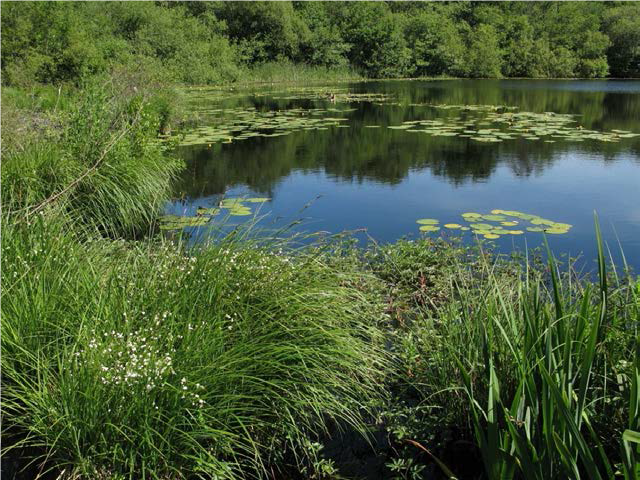
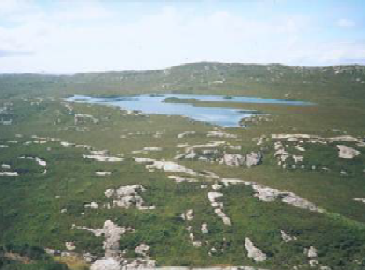
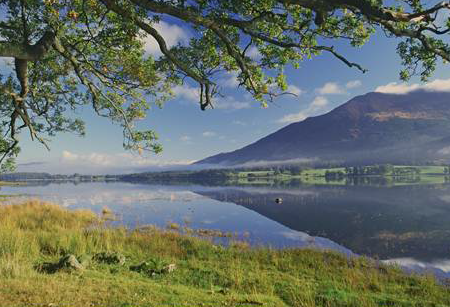
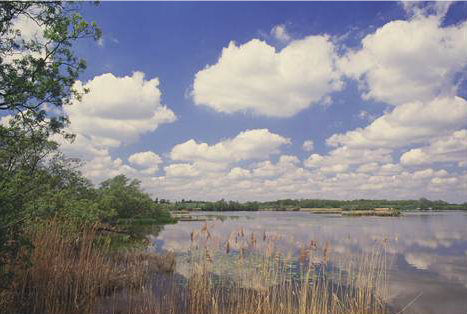
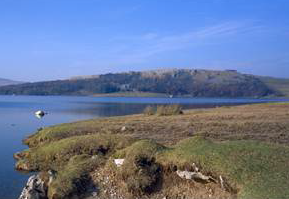
You can also watch these short videos from the Shropshire Wildlife Trust that help you to identify different lake types while on site:
Oligotrophic/ Dystrophic Standing Waters
